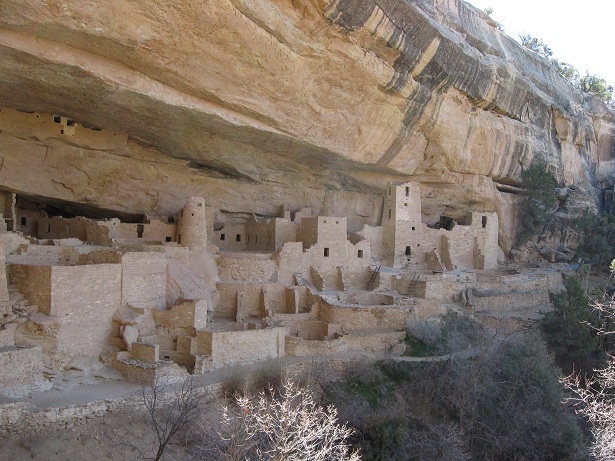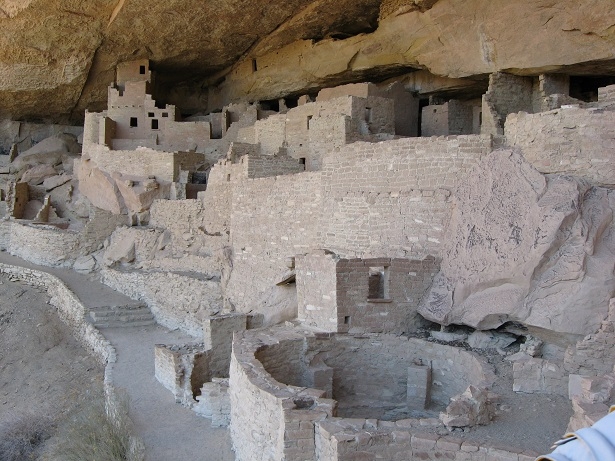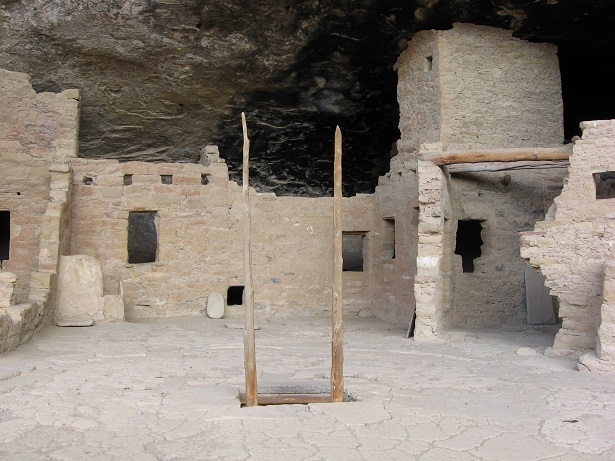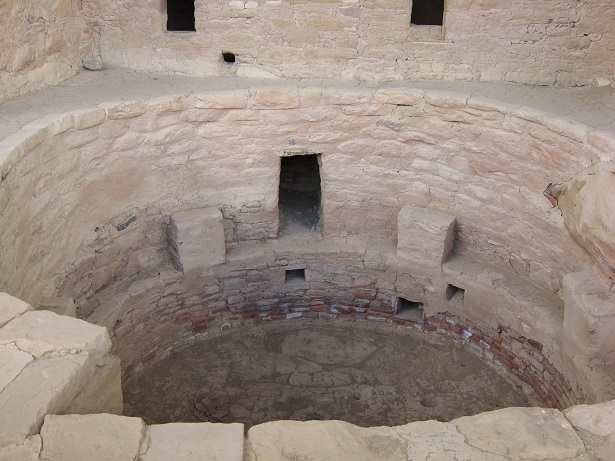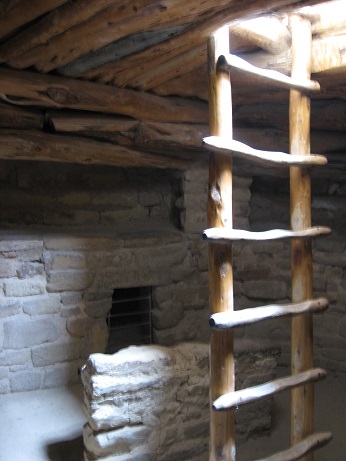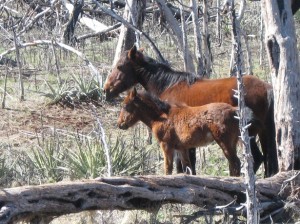
Marvelous Cliff Dwellings at Mesa Verde National Park
Updated Apr 2023
Since childhood, I have seen documentaries on television about ancient cliff dwellings. Finally, in my travels, I went to see them. Some of the best ones are in Mesa Verde National Park in the southwest corner of Colorado.
The towns were built by people called Anasazi. At first, the Anasazi lived in pit houses. These houses were half underground and half above ground. They had posts to support a roof and walls. The pit houses had two rooms; one for living and one for storage. Mesa Verde has many pit houses, but only the underground portion remains.
Eventually, the Anasazi graduated to building above-ground houses made of adobe brick. Then they progressed even further to building whole cities with towers and places for ceremonies. Many of these cities are high up in the mountains on the side of a cliff.
Spruce Tree House
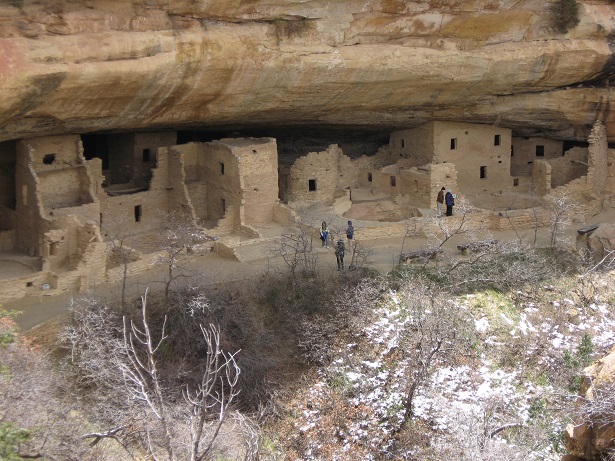
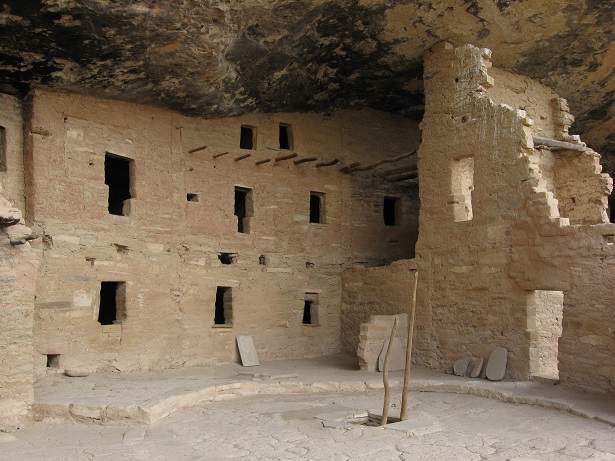
Most of Mesa Verde can be explored on your own, but there are some places that you can go to only with a park guide. The first city that I visited is called Spruce Tree House. This is the third-largest cliff dwelling. Built between 1200 and 1280 approximately, it has 130 rooms and eight kivas. It was home to between 60 and 80 people. Abandoned about 130, and discovered in 1888.
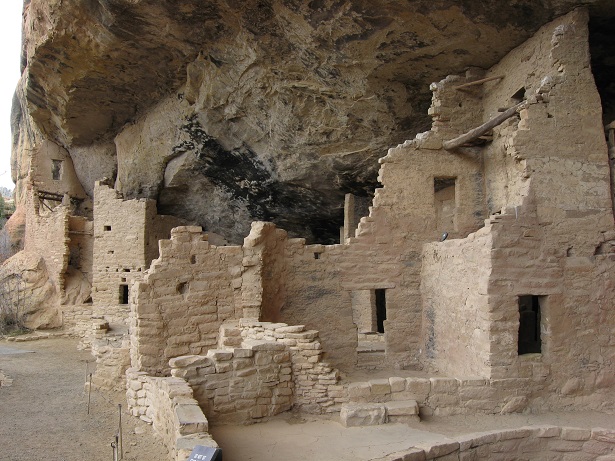
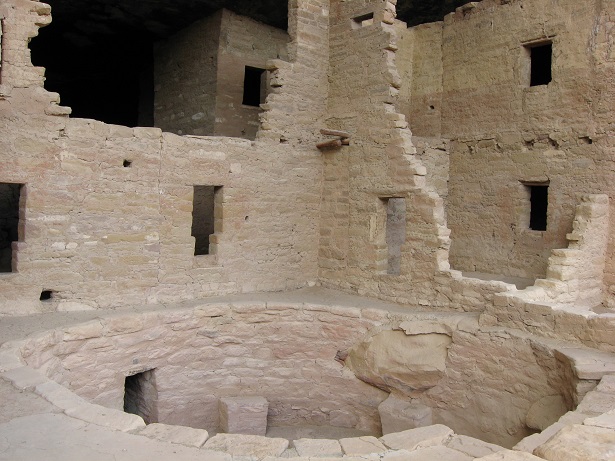
Cliff Palace
Click photos to enlarge
Cliff Palace is the largest cliff dwelling in North America. It has 150 rooms, 23 kivas, some four-story buildings and some towers. It had a population of about 100 people and was occupied from about 1190 to 1260.
Cliff Palace is accessible only with a park ranger as a guide. You cannot go there on your own.
Keep in mind that a city of 1000 years ago might consist of 150 people at most, compared to a village which might have only 20 to 80 or so people on average. There are almost 600 archaeological sites in Mesa Verde. Most of them contain only one to five rooms. Many are single houses.
Kivas
Click photos to enlarge
The ceremonial rooms are called kivas. Religious and other ceremonies were conducted in the kivas. They were round and entered by a ladder inserted through a port in the roof, which was at ground level. Most kivas have the roof missing, and you can look into them. You can see some of them in the photos above. One still has the roof, and you can climb down with a ladder.
Each kiva was used by a small group of families, something like a neighbourhood group. They are not sure about their religious ceremonies or other events that were held in the kivas, but the Anasazi believed in life after death and praying to the gods for various things.
Mesa Verde Abandoned
About 1300, the Anasazi deserted their cities and left. No one is sure why they did that, but several theories exist. One idea is that they were on the losing end of battles with the nearby Ute Indians. In addition, there was a 25-year drought at that time, and another theory is that they left to find an easier life in a more hospitable place. Whatever the reason, they left, and the cliff cities became ghost towns until they were discovered in the 1800s.
The Anasazi left many artefacts behind, and early visitors to the ruins took most of them away. A Swedish explorer took many of them to Sweden, and they remain in a museum there today. Mesa Verde National Park was created in 1906 to protect the ruins. The park has a very good museum with many Anasazi artefacts, such as pottery and other things they made. I noted that their pottery was decorated but only in black and white. It seems they did not have the ability or knowledge to make coloured designs.
The Anasazi had cities and many small villages and communities all over this area. I saw dozens of them on the sides of cliffs that are inaccessible without ropes and other climbing equipment. In 1978, Mesa Verde was declared a United Nationals World Heritage Site.
The Mountain
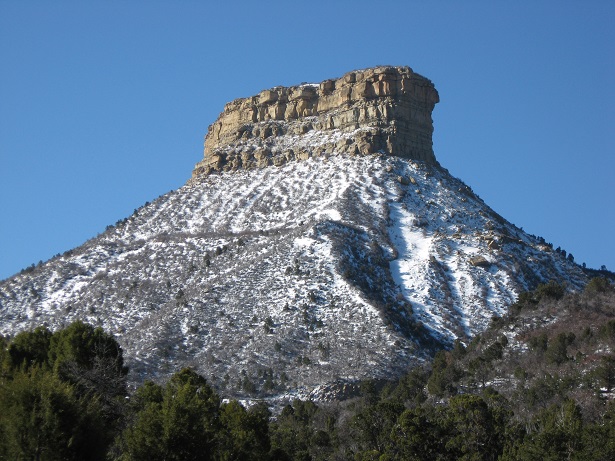
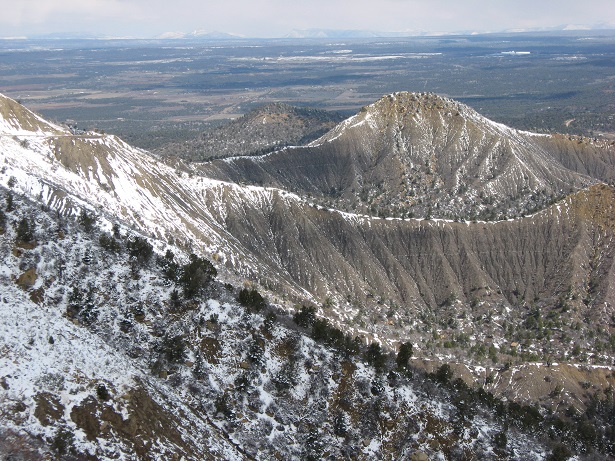
Mesa Verde is high up in the mountains and freezing there in winter. I went there in mid-April, and it was snowing, with temperatures below freezing. There are two other Anasazi cities that I did not see because the roads were still closed for the winter. In the summer, the park is very crowded and tickets to visit the ruins are difficult to get. In winter, it is impossible because the roads are closed due to heavy snow. I was lucky to see one large city but wished I could have seen the other two. The best time to go seems to be May or October. Unfortunately, I was a bit too early.
It is believed that the Anasazi are now the Hopi, Zuni and Pueblo Indians of Arizona and New Mexico.
In 1978, Mesa Verde was declared a United Nationals World Heritage Site.
Above the cliff cities, the top of the mountain is a flat plateau (mesa verde means green table in Spanish). The inhabitants of the cliff dwellings no doubt went up on the plateau to hunt. While driving around up there, you might be lucky to see some wild horses. It is believed that the ancestors of these horses escaped from the Ute Indians decades ago, and the herd has lived peacefully in the park ever since. They have thick shaggy coats to protect them from the cold. It was a nice find.
Must See
I seldom use the term “Must See” that many bloggers use to describe everything. What you must see depends upon your interests. However, if you are touring North America, I believe this is a fascinating place you should not miss.
